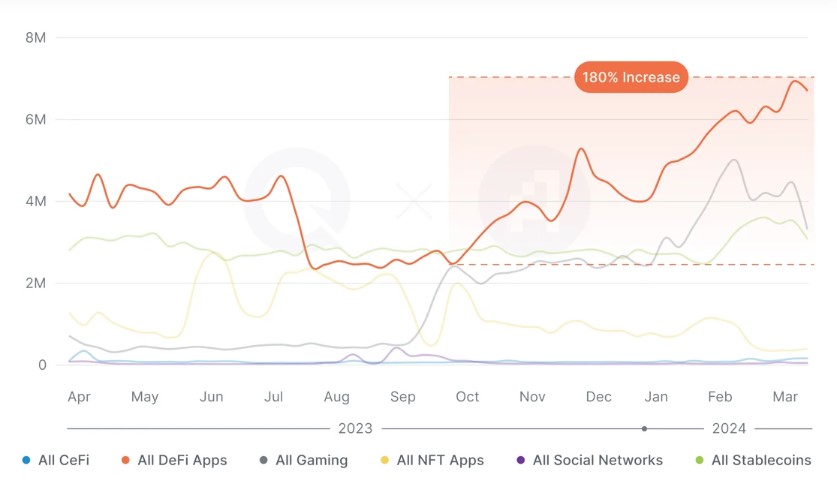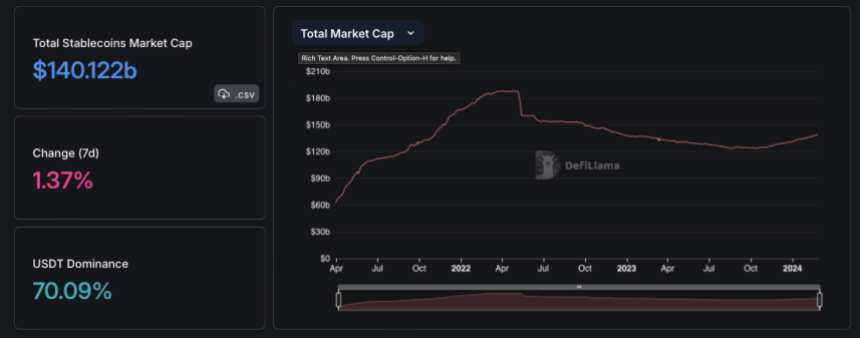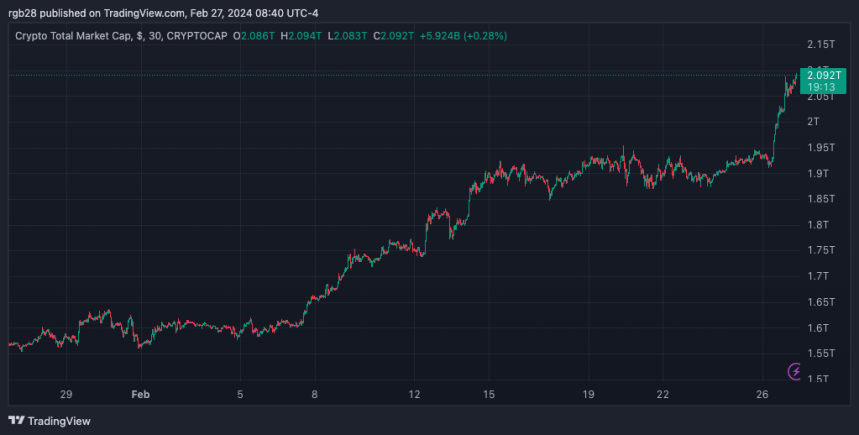In a recent report by Bloomberg, it has been revealed that more than 90% of stablecoin transaction volumes do not originate from genuine users, according to a new metric co-developed by Visa.
Stablecoin Market Faces Data Reality
Visa and Allium Labs have created a dashboard designed to filter out transactions initiated by bots and large-scale traders to isolate those made by real individuals. Out of approximately $2.2 trillion in total transactions recorded in April, a mere $149 billion was identified as “organic payments activity” by Visa.
The data challenges the optimistic outlook of stablecoin proponents who believe these tokens can transform the $150 trillion payments industry.
Fintech giants such as PayPal Inc. and Stripe Inc. have been exploring stablecoins, with Stripe co-founder John Collison expressing bullishness on the tokens due to “technical improvements.”
Pranav Sood, the executive general manager for EMEA at payments platform Airwallex, commented on the findings: “It says that stablecoins are still in a very nascent moment in their evolution as a payment instrument.”
Sood emphasized the need to focus on increasing existing payment infrastructure in the short and mid-term while acknowledging the long-term potential of stablecoins.
Accurately tracking crypto activity’s “real” value using blockchain data has always been challenging. Glassnode, a data provider, estimates that the record $3 trillion assigned to digital tokens at the bull market’s peak in 2021 was closer to $875 billion.
Analysts Predict Massive Surge Ahead
According to Bloomberg, the nature of stablecoin transactions often leads to double-counting, depending on the platform users employ for fund transfers. For example, converting $100 of Circle’s USDC stablecoin to PayPal’s PYUSD on the decentralized exchange (DEX) Uniswap would result in $200 of total stablecoin volume being recorded on-chain.
Visa, which processed over $12 trillion the previous year, could suffer if stablecoins gain widespread acceptance as payment.
Interestingly, despite this troubling data, analysts at Bernstein predicted that the total value of all stablecoins in circulation could reach $2.8 trillion by 2028, nearly 18 times their current combined circulation.
While PayPal and Stripe have made strides in adopting stablecoins, Airwallex has observed limited demand for stablecoin-based payment solutions among its customers, primarily due to concerns about “user-friendliness.”
Sood emphasized the significant barrier of overcoming entrenched payment methods, citing the continued use of checks for 40% to 60% of business payments in the United States.
The Bloomberg report sheds light on the dominance of non-genuine user activity in stablecoin transactions. The study underscores the importance of improving existing payment infrastructure and addressing user-friendly concerns to unlock the long-term potential of stablecoins.
Featured image from Shutterstock, chart from TradingView.com



